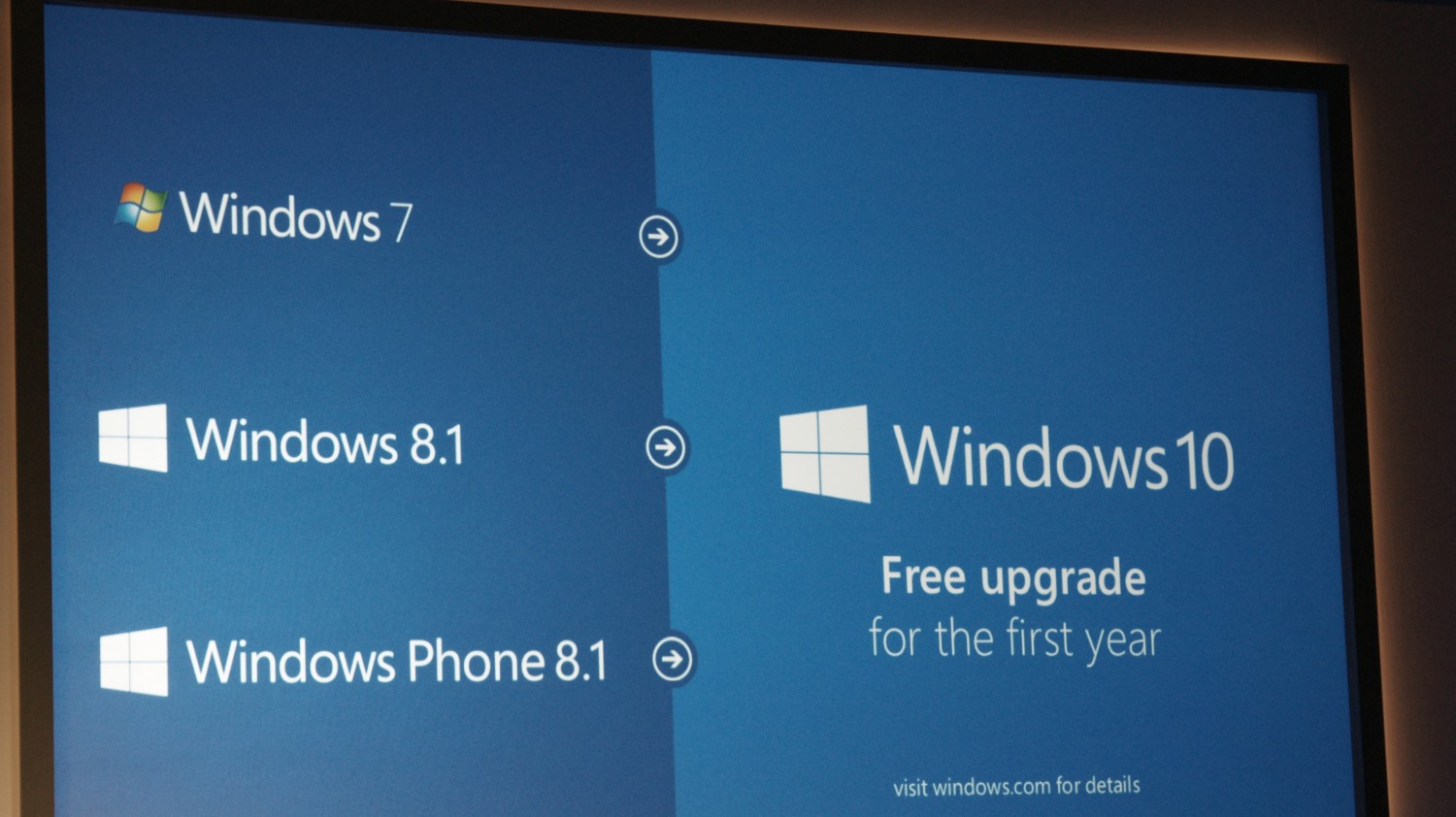Can your old PC run Windows 10? Let's find out.

Back in 2009, when Microsoft Windows 7 was released, owners of older PCs were given a simple way to give their hardware a score, by using the Windows Experience Index (WEI), essentially a testing tool which assigns a score to the host system based on a series of hardware tests that take into consideration available memory, processor speed, storage space, GPU, and other factors.
Very few older systems reported scores higher than 4, while brand new systems rarely fared between 4.5 and 6. The WEI is also part of Windows 8.
With Windows 10, the Windows Experience Index will become a thing of the past, however, Windows 10 still has requirements that owners of older systems need to familiarize with.
Basic requirements
Fundamentally, if a system can run Windows 8, it will most likely run Windows 10. The basic hardware requirements are as follows:
- Processor: 1 gigahertz (GHz) or faster
- RAM: 1 gigabyte (GB) (32-bit) or 2 GB (64-bit)
- Free hard disk space: 16 GB
- Graphics card: Microsoft DirectX 9 graphics device with WDDM driver
- A Microsoft account and Internet access
These are very standard specs supported by most new-ish systems, however Microsoft has also released a few notes on the kind of features CPUs need to have, in order to fit Windows 10 requirements.
Fortunately, Microsoft has made this process easy, with the Windows 10 Upgrade Assistant Tool, which will analyze the host system for any compatibility problems.
While this might seem like a hindrance, we must remember that Windows 10 is designed to be more secure and stable than any other previous version of Windows, and these requirements are part of a larger picture in which Windows 10 needs to be secure and stable enough to run on a wide array of devices.
For the tech-savvy, these features include SSE2 support, which has been part of Intel CPUs as far back as 2001, and EM64T, which provides additional performance and the ability of 32-bit CPUs to use more than 4GB of physical memory.
VT-d or VT-x are also features required for NX support, which provides additional security against malicious software attacks.
One caveat about NX support is that although modern systems are most likely to have it, it might be turned off by default in the BIOS settings.
Windows 10 is expected to see its official release this summer, and is likely to be included in Windows phones, laptops and desktop PCs, this fall.